Sanglee Park
SMCL: Saliency Masked Contrastive Learning for Long-tailed Recognition
Jun 04, 2024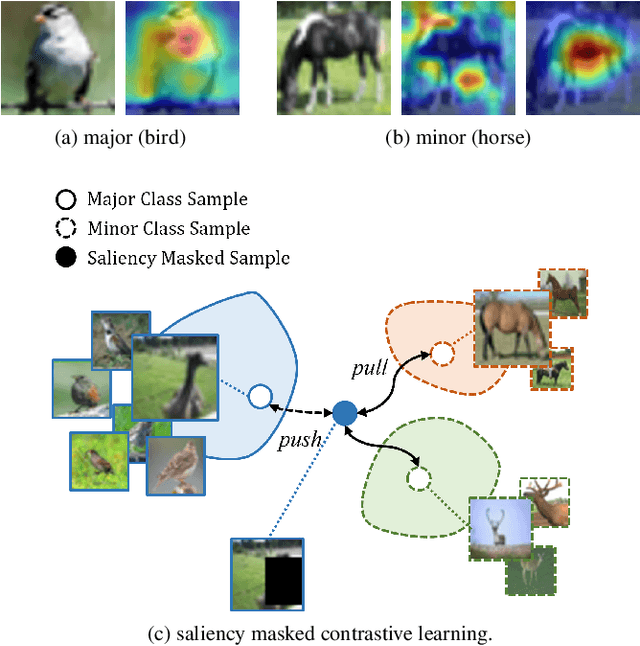
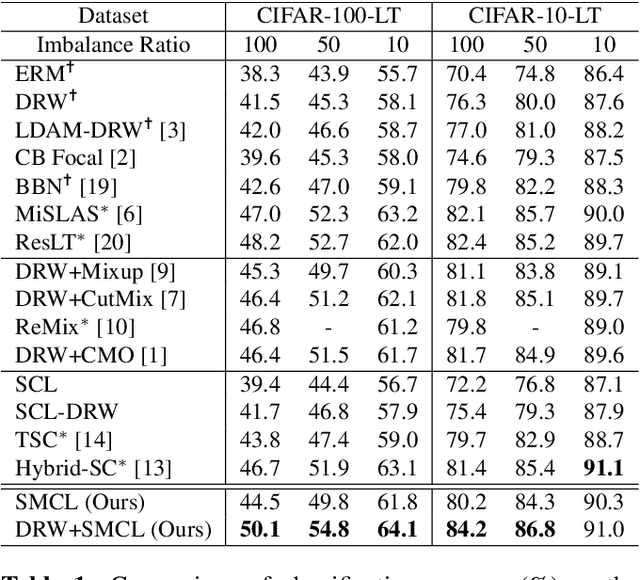
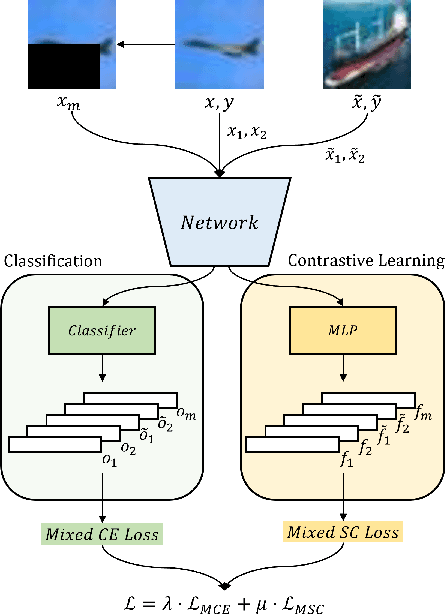
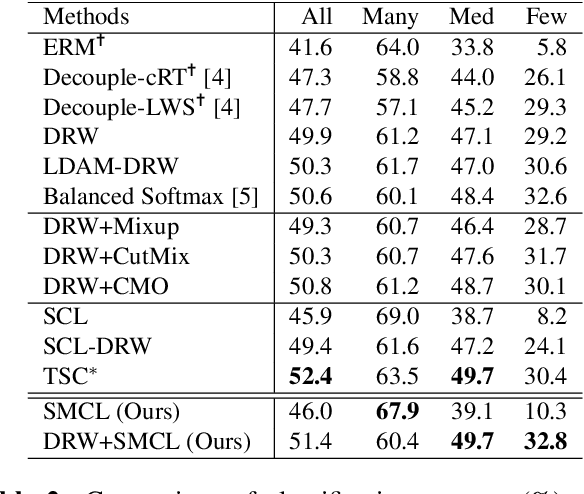
Abstract:Real-world data often follow a long-tailed distribution with a high imbalance in the number of samples between classes. The problem with training from imbalanced data is that some background features, common to all classes, can be unobserved in classes with scarce samples. As a result, this background correlates to biased predictions into ``major" classes. In this paper, we propose saliency masked contrastive learning, a new method that uses saliency masking and contrastive learning to mitigate the problem and improve the generalizability of a model. Our key idea is to mask the important part of an image using saliency detection and use contrastive learning to move the masked image towards minor classes in the feature space, so that background features present in the masked image are no longer correlated with the original class. Experiment results show that our method achieves state-of-the-art level performance on benchmark long-tailed datasets.
An Ensemble of Simple Convolutional Neural Network Models for MNIST Digit Recognition
Aug 12, 2020

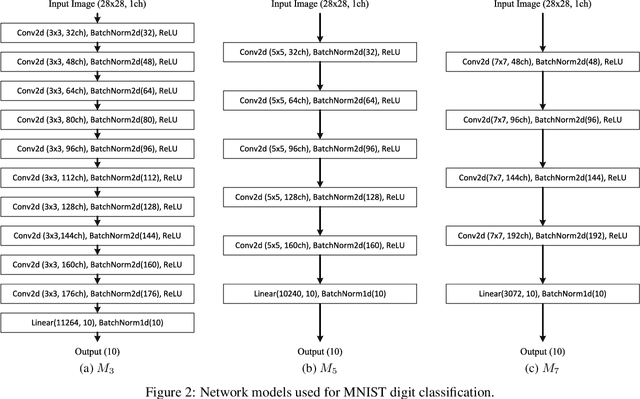
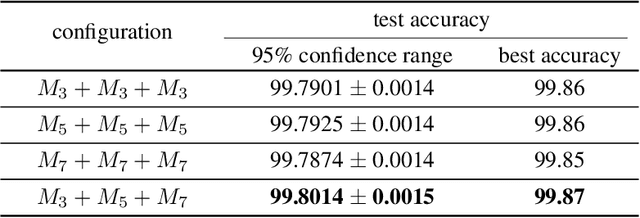
Abstract:We report that a very high accuracy on the MNIST test set can be achieved by using simple convolutional neural network (CNN) models. We use three different models with 3x3, 5x5, and 7x7 kernel size in the convolution layers. Each model consists of a set of convolution layers followed by a single fully connected layer. Every convolution layer uses batch normalization and ReLU activation, and pooling is not used. Rotation and translation is used to augment training data, which is frequently used in most image classification tasks. A majority voting using the three models independently trained on the training data set can achieve up to 99.87% accuracy on the test set, which is one of the state-of-the-art results. A two-layer ensemble, a heterogeneous ensemble of three homogeneous ensemble networks, can achieve up to 99.91% test accuracy. The results can be reproduced by using the code at: https://github.com/ansh941/MnistSimpleCNN
 Add to Chrome
Add to Chrome Add to Firefox
Add to Firefox Add to Edge
Add to Edge